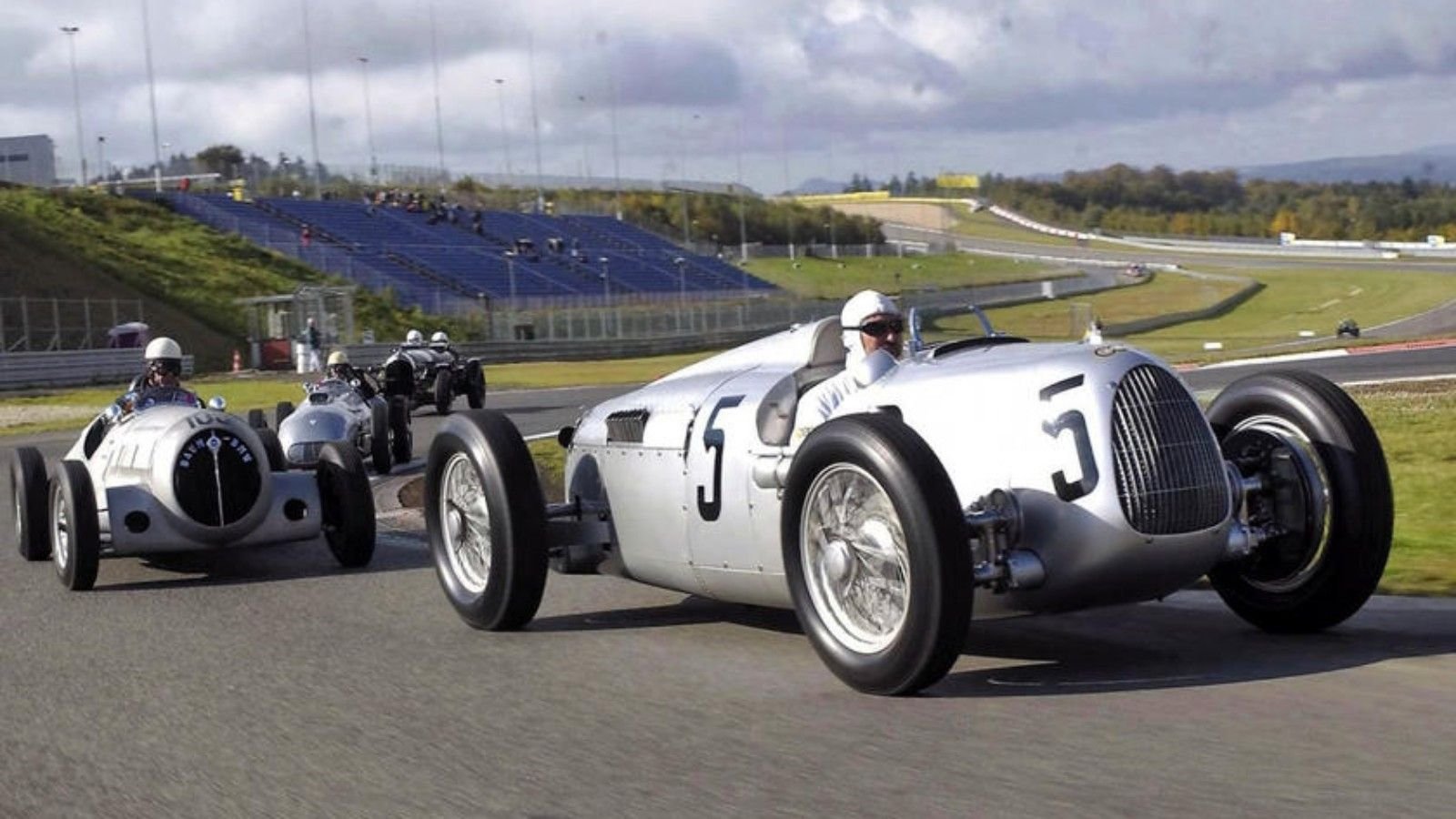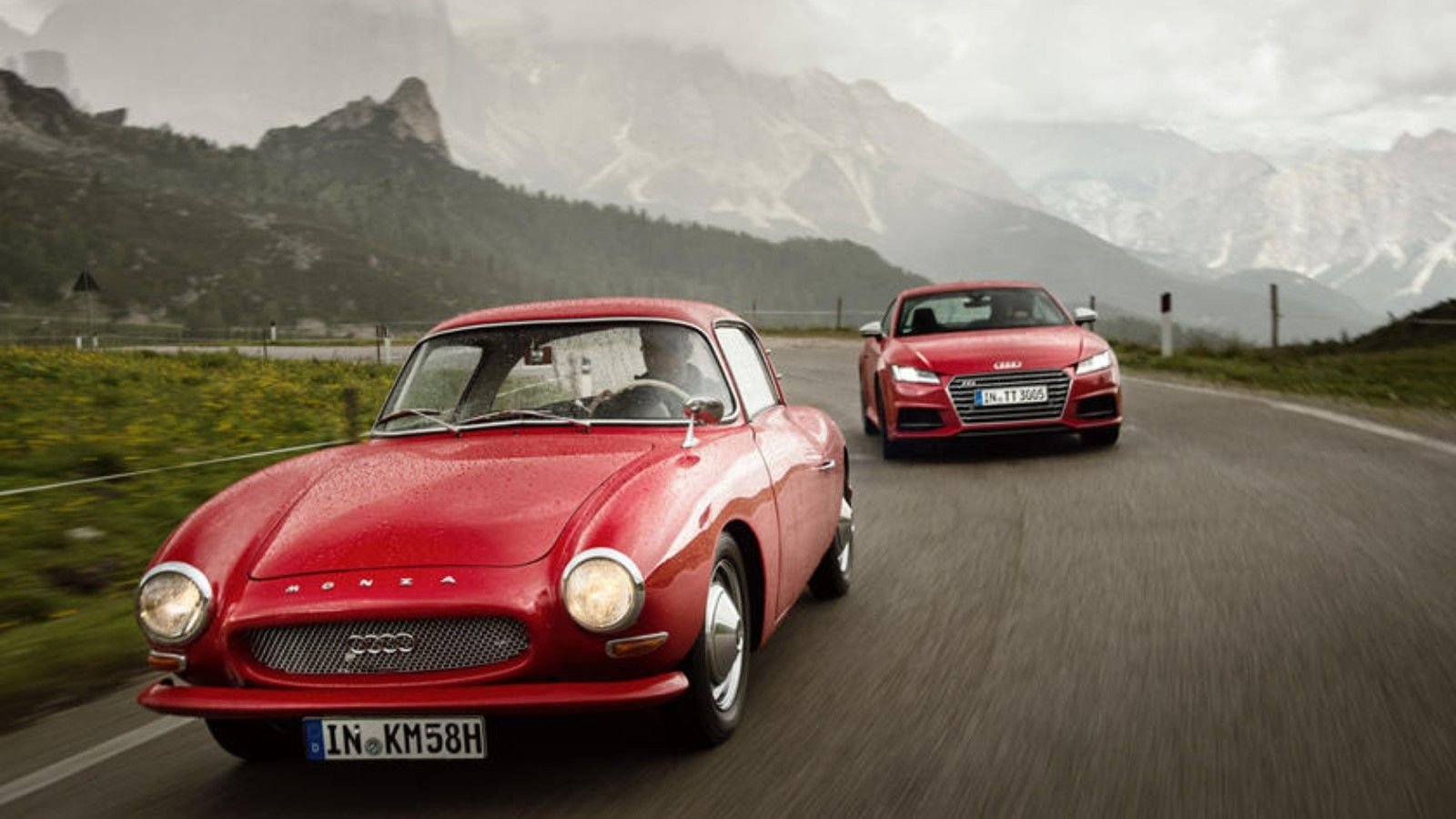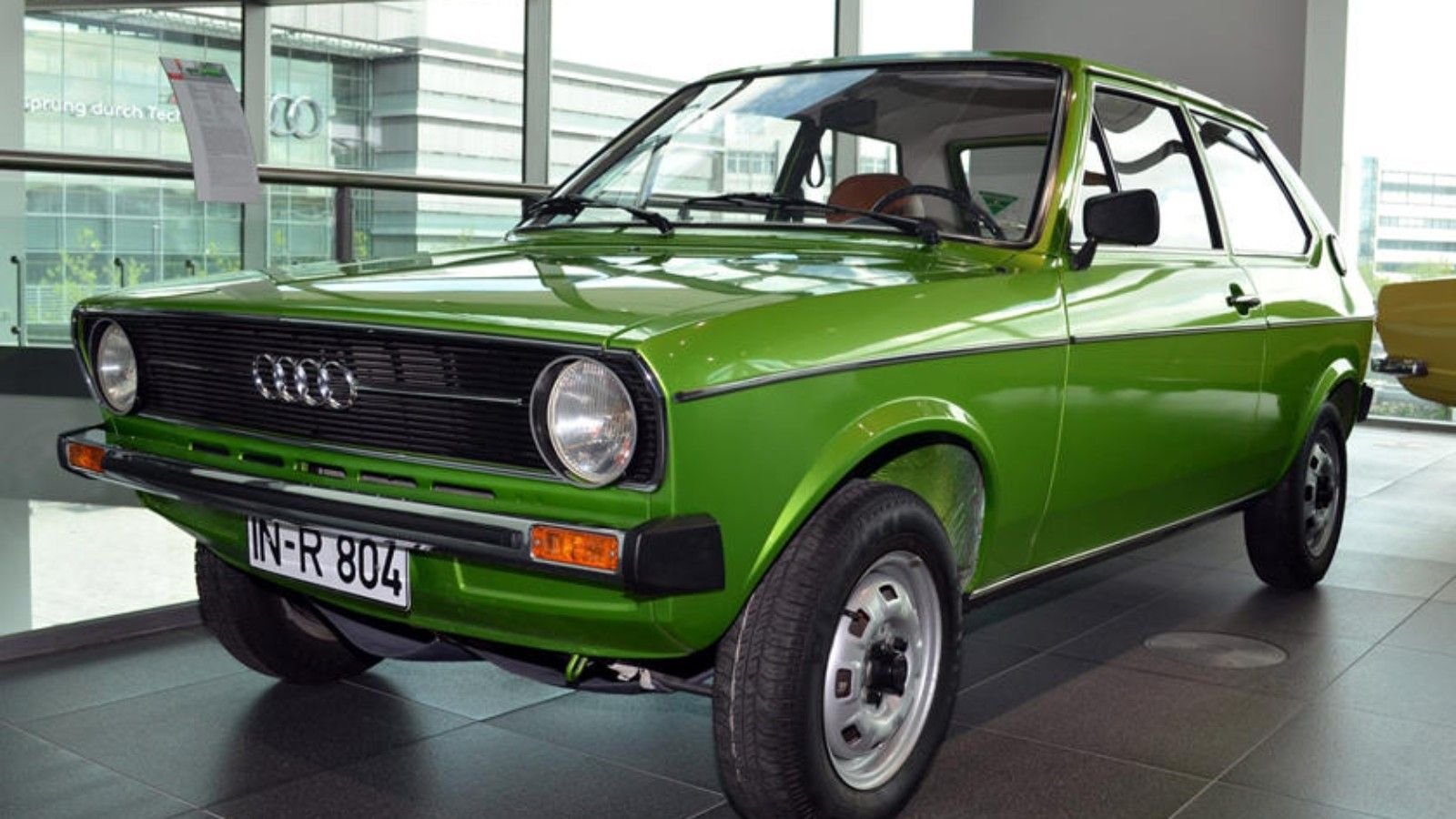9 Unforgettable Audi Cars
In the history of the most spectacular cars ever built, Audi has played a huge role in providing cars worth remembering. Some were used to deliver groundbreaking performances and bring brilliant ideas to life.




















Long History
Of all the cars that Audi has ever built, there are ones that have stuck with us over time. It could be due to their design, shape, or new ideas and changes they brought forth. Some were mere concepts. Others were designed solely for the track. There are also those that were intriguing but never made it to production. For whichever reason, they were and still are worth remembering.
Photos Courtesy of CarBuzz
Auto Union Silver Arrows
Back in the day when Audi was part of Auto Union, the automaker produced 4 cars for the Grand Prix. These were the Type A, B, C, and D. Type D carried a distinctive engine, a V12 that could churn 550 horsepower. This was due to new regulations that came about in 1938. The other three were powered by a supercharged V16. They dominated the Grand Prix up to the beginning of World War II. After the war, Auto Union was forced to abandon production. Audi has so far restored three of these cars, which are displayed at the Ingolstadt-based Audi Museum. The Auto Union Silver Arrow was the most meticulous racing car of the early 1900s.
>>Join the conversation about these unforgettable Audis right here in Audi World.
Audi 100 Coupe S
The 100 Coupe S was a 2-door fastback built on the platform of the 100 sedan. Hartmut Warkuss, who later became chief of design at Volkswagen between 1993 and 2003, designed the car following an order from the then director of development at Audi, Ludwig Kraus. Kraus had no children and needed a 2-door car. The design was completely German but appeared to have some Italian influence. Unfortunately, the 100 Coupe S never made it to the US market.
>>Join the conversation about these unforgettable Audis right here in Audi World.
Audi TT Shooting Brake Concept
The Audi TT Shooting Brake was a concept that first appeared in 2014, and then 2015. The idea was to have a TT with more passenger and cargo room. Overall, the car was versatile and attractive. Its all-road angle was rather rugged but seemed a lot of fun to own.
>>Join the conversation about these unforgettable Audis right here in Audi World.
DKW Monza
The DKW Monza was another spectacular race car from the Auto Union group. It's the ancestor of the TT. About 70 examples were made. Parts used came from other automobile manufacturers such as Porsche, Opel, and Volkswagen Karmen-Ghia. The car was powered by a water-cooled, 2-stroke, 3-cylinder, 980-cc engine borrowed from the DKW 3=6. In a period of 72 hours, the DKW Monza set 5 world records at the 1956 Monza race track under the helm of Swiss and German drivers. This was achieved at an average speed of 87 mph.
>>Join the conversation about these unforgettable Audis right here in Audi World.
Audi Q7 V12 TDI
The Audi Q7 V12 TDI was Audi's way of rivaling the Mercedes ML63 AMG and the Porsche Cayenne Turbo S. This was back in the day when the Volkswagen Auto Group could experiment however they wanted with their engines. The Q7 V12 was a large diesel-driven SUV that could make up to 490 horsepower and 790 pound-feet of torque. Thanks to its turbocharged engine, it went from 0-62 mph in 5.5 seconds.
>>Join the conversation about these unforgettable Audis right here in Audi World.
Audi 5000
The Audi 5000 was a technically groundbreaking car. It was quiet, very fuel efficient, and had a remarkable drag coefficient of 0.3. But, this is not what it's known for. Before the "Dieselgate" scandal, there was a 60 Minutes feature that ruined Audi's reputation in the U.S. back in 1986. It was reported that the 5000 accelerated suddenly without the driver knowing. It turned out that there was a problem with the idle-stabilizer that caused minimal surges. The pedals were also placed abnormally closer together. At the surge, drivers would panic and hit the accelerator instead of the brake. Audi later changed the vehicle's name to 100 and 200.
>>Join the conversation about these unforgettable Audis right here in Audi World.
Audi 50
The Audi 50 is the ancestor of the Volkswagen Polo. It was built in 1974 as an attempt by Germany to penetrate into Europe's supermini vehicle market. The 50 was renamed to VW Polo within the first two months of production. However, for three years, the 50 still sold alongside the Polo. The latter had more engine variants.
>>Join the conversation about these unforgettable Audis right here in Audi World.
Audi Duo III
The first Duo concept appeared in 1989 and the second generation concept in 1991. But the Duo III was Audi's first time trying out the hybrid drivetrain in a production car. The vehicle ran on a diesel-powered turbocharged 1.9-liter engine borrowed from the A4 Avant. It was linked to a water-cooled electric motor. At highway speeds, the battery would be charged automatically. One could drive around the city on electric power by flipping a switch. Charging could also be done by plugging into an AC power source. Due to the heavy lead batteries, real fuel savings weren't met. The Duo III was also very expensive. Only 100 units were sold. Nevertheless, it paved the way for future hybrids.
>>Join the conversation about these unforgettable Audis right here in Audi World.
Audi Sport Quattro S1
The Sport Quattro S1 is one of the most popular vehicles from Audi. It's rallying success is well-documented across history books. One of its most significant successes, however, was its dominance at the Pikes Peak International Hill Climb in the '80s. In 1984, a French female driver named Michelle Mouton broke the record time by winning the open rally segment. She came back in 1985 with a manual 600-horsepower Quattro and won the overall event. This was despite efforts by the organizers to sabotage her. Bobby Unser was the next one to win the race in 1986 in a Sport Quattro E2. Walter Rohrl was later handed a revamped Sport Quattro S1 that came with a lighter chassis, better aerodynamics, 1,000 horsepower, redesigned suspension, and a PDK-styled transmission. Rohrl won the race that year, becoming the first person to finish the race in less than 11 minutes.
>>Join the conversation about these unforgettable Audis right here in Audi World.
For help with your do-it-yourself maintenance and repair project, please visit our how-to section in the forum.
